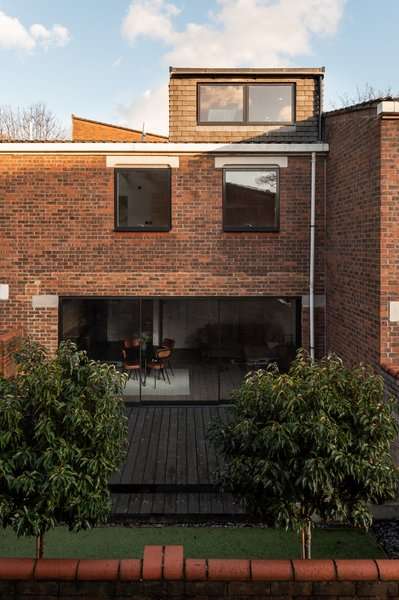In an increasingly digitized world, the handmade charm of Berber rugs injects much-needed tactility into home interiors.
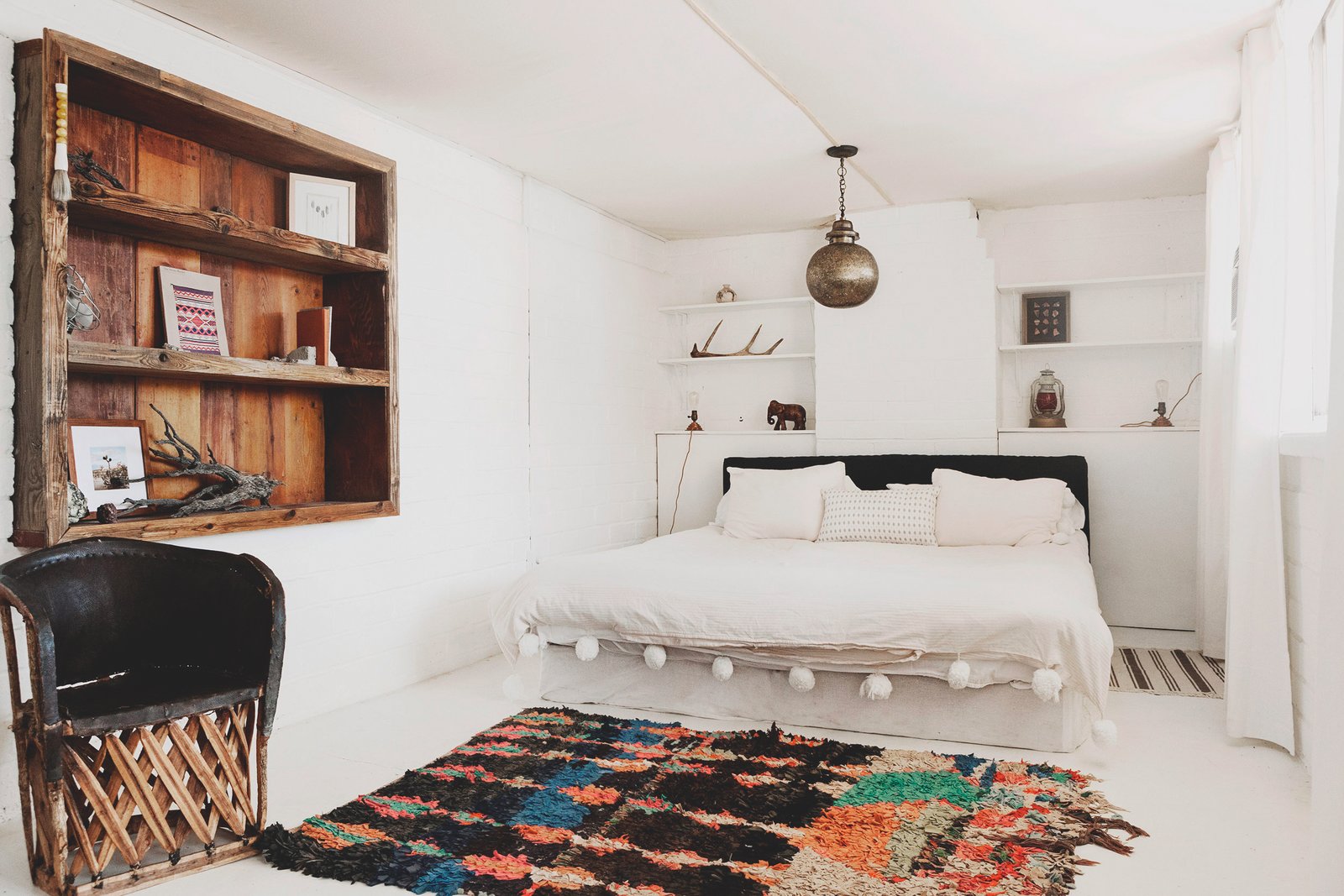
Weaving has been intrinsic to the culture of the semi-nomadic Berber peoples of North Africa for centuries. Their rugs and tapestries thrive on imperfections, with crooked lines and asymmetrical compositions that are both geometric and soulful, minimalist and lively.
Traditionally Berber rugs were made by women deftly weaving tapestries from wool or recycled textiles at home, with little changing from generation to generation, while the men were working outdoors tending to sheep and goat herds. It was not until around the 1920s that European tastes evolved and decided that these traditional weaves were now “modern.”
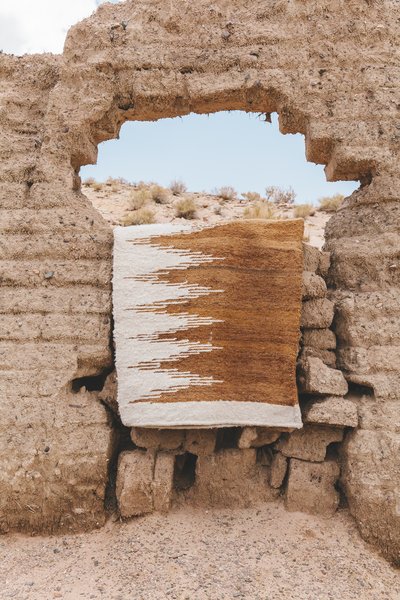
A Pampa rug draped amidst the landscape that inspired it.
Photo Victoria Aguirre, The New Mediterranean, gestalten 2019
Le Corbusier is credited with turning the heads of his fellow modernists to Berber weaving traditions. He used Beni Ourain carpets when he designed Villa La Roche in Paris in 1923–25. There are several rugs of the same tradition on the floor of Villa Mairea, Alvar Aalto’s rural retreat in Finland, and a photo taken in 1938 of Frank Lloyd Wright’s Fallingwater in Pennsylvania shows yet another.
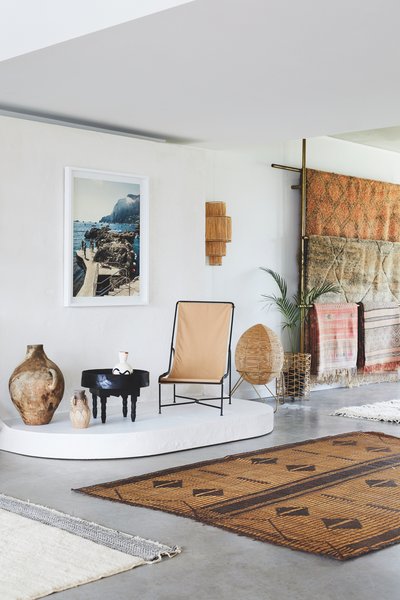
Tigmi Trading imports new and vintage rugs from Morocco to their boutique in Byron Bay.
Photo Alicia Taylor, The New Mediterranean, gestalten 2019
Shop the Look
Rugs USA Vega Moroccan Diamond Wool Natural Rug
Give your interiors the contemporary look with this beautiful hand-tufted, Moroccan diamond patterned wool rug. With good pile height and softness, this rug feels and looks like an expensive piece of work. Photo Courtesy of Rugs USA 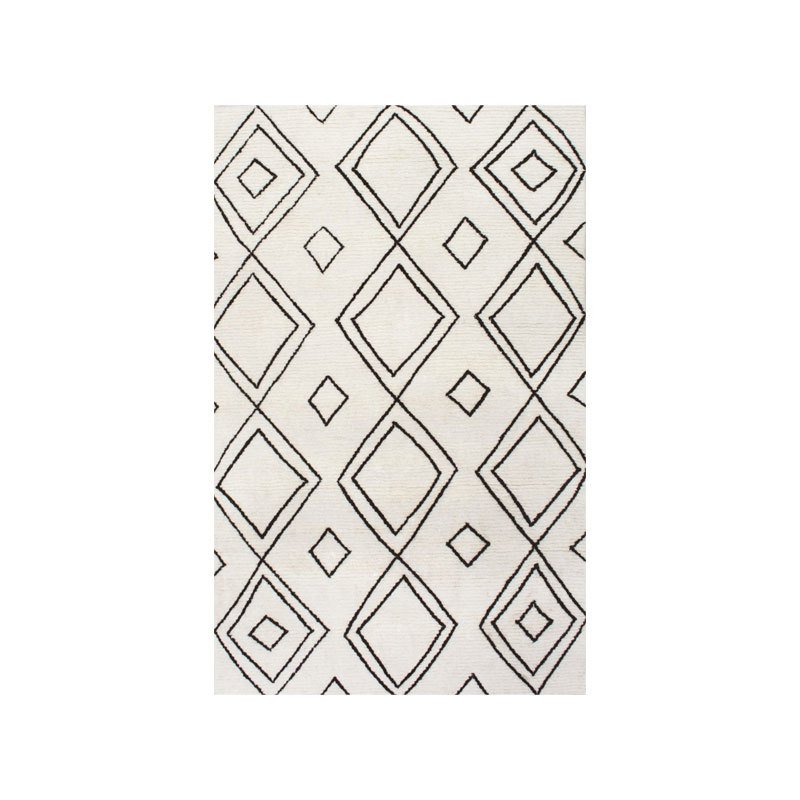
Ben Soleimani Performance Double Diamond Moroccan Rug
A modern spin on antique Moroccan carpets, this luxurious rug has a sketched diamond design that’s hand-knotted from soft, smooth yarns. High-performance fibers look and feel like wool but resist stains and moisture. Suitable for indoor and outdoor use, including dining areas, the rug is easy to clean and maintain. Ben is inspired by the natural variations within fibers, textures and weaves; each one of our handcrafted rugs is slightly unique. This proprietary design and style was part of our collection featured at Restoration Hardware (RH) Photo Courtesy of Ben Soleimani 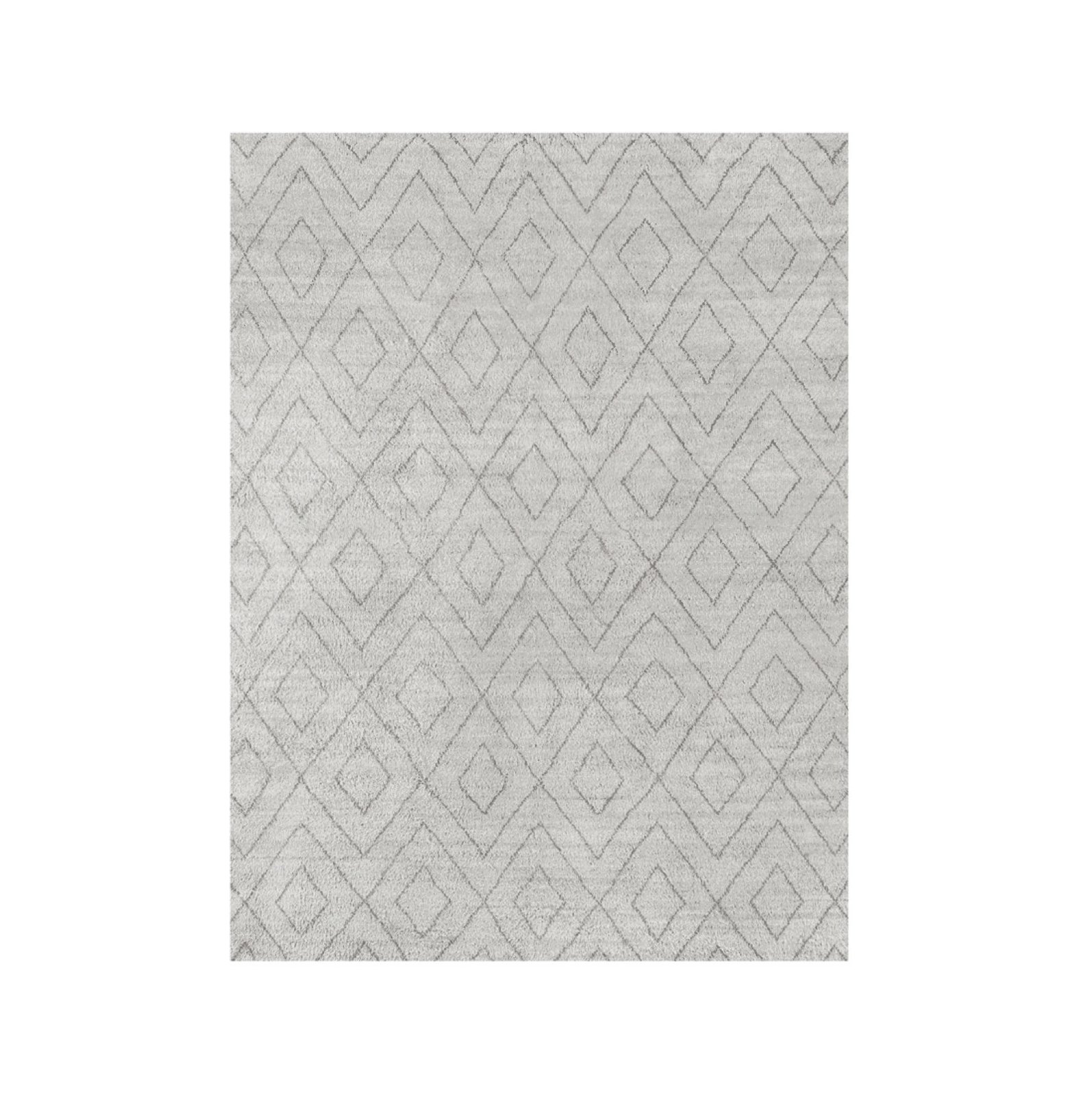
Lulu & Georgia Moroccan Flatweave Rug in Black & White
Inspired by traditional beni ourain designs, the neutral-hued Moroccan Flatweave Rug features a simple, sketched pattern in a flatweave construction, making it both a versatile and durable choice. The Sarah Sherman Samuel Collection features tonal textures, earthy hues and a modern take on traditional patterns. Photo Courtesy of Lulu & Georgia 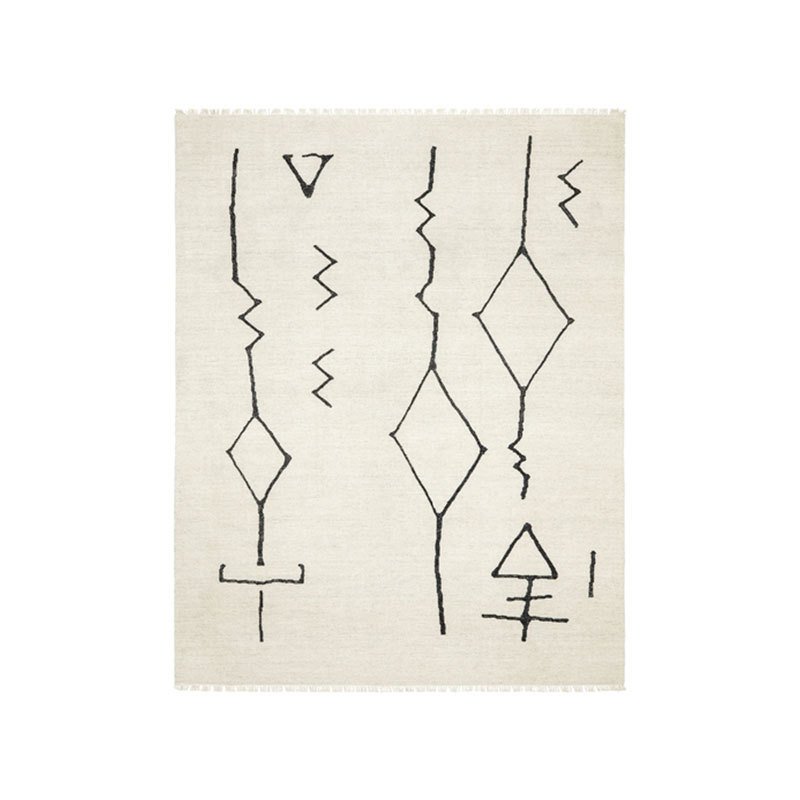

Tigmi Trading, Australia
Photo Bridget Woods, The New Mediterranean, gestalten 2019
See the full story on Dwell.com: How Beni Ourain Rugs Made It From the High Atlas Mountains to Our Homes

